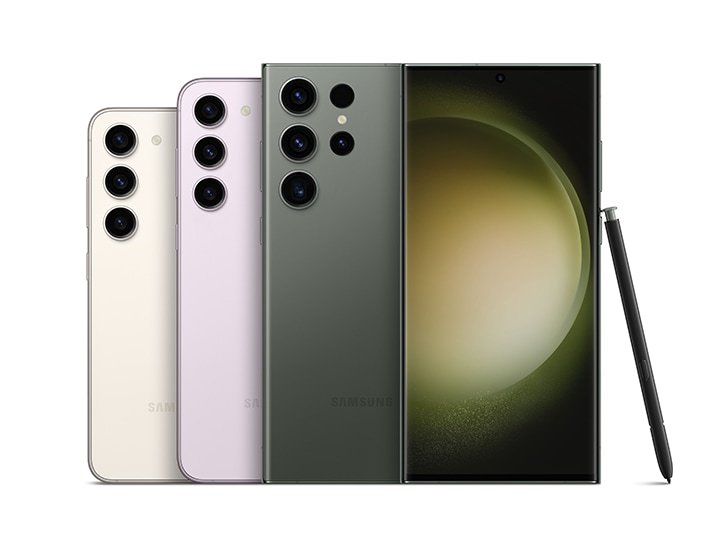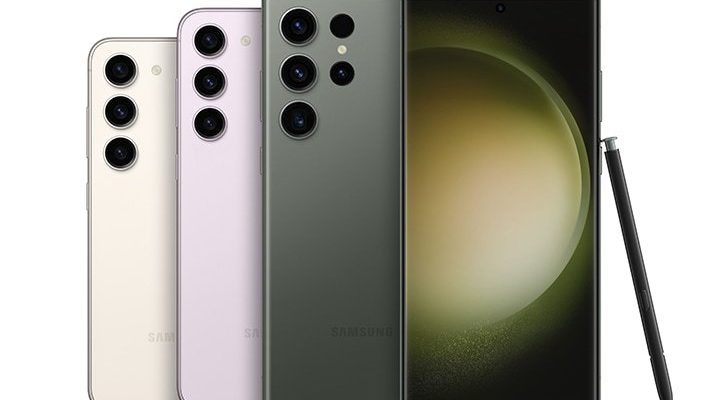
Here’s the thing—Samsung soundbars usually come with their own remote, tailored and branded just for them. Roku TVs, on the other hand, have a remote designed to handle most TV tasks and Roku-specific magic. But what if you could cross the streams a bit and have your Samsung soundbar remote work with your Roku TV? Or at least make the two cooperate, so you aren’t constantly playing “Where’s the remote?” musical chairs. Let me break down what you really need to know if you’re dreaming of remote-control harmony.
How Samsung Soundbar Remotes Work
So, Samsung soundbar remotes are a lot like those old school Swiss Army knives—they’re built for a specific set of jobs, and they do them well. The standard Samsung soundbar remote lets you adjust volume, switch inputs, change sound modes, and maybe even tweak bass or treble. But here’s where things get tricky: the way these remotes talk to a device is usually through infrared (IR) signals. Basically, you’re sending invisible light pulses from the remote to a little sensor on the soundbar.
Why does this matter? Because IR is pretty simple. There’s no complicated syncing or code entry needed most of the time. But it also means the remote is only “speaking” a certain language—Samsung’s language. If you point a Samsung soundbar remote at a Roku TV, most of the time it’s like trying to order sushi at a burger joint. The TV just won’t understand.
Tip: If you ever lose your Samsung soundbar remote, you can usually buy a replacement online. Just make sure it matches your exact model, or you might end up with a remote that only half works!
Understanding Roku TV Remote Compatibility
Now, Roku TVs have their own take on remotes. These are pretty clever little gadgets. They control the TV itself and, if you’re lucky, can sometimes handle basic features on other connected devices. But here’s the crucial point: Roku TV remotes are mainly designed to control Roku interfaces and TV functions—not third-party soundbars out of the box.
Some Roku TV remotes have IR blasters, others are Wi-Fi or Bluetooth only. But even with an IR Roku remote, you’re not automatically getting universal control over all your audio gear. There’s a setup process that sometimes lets you adjust your soundbar’s volume—usually if your soundbar supports certain universal IR codes or CEC (Consumer Electronics Control) over HDMI. If your soundbar and TV are both plugged in via HDMI ARC, you might see some cross-compatibility, but it’s hardly guaranteed.
Here’s a tiny side-story: my friend once spent a whole Saturday “syncing” their soundbar and Roku TV, only to realize their remote needed new batteries. Classic, right?
Can You Directly Use a Samsung Soundbar Remote With a Roku TV?
You’re probably hoping for a magical fix here, but let’s get real: the standard Samsung soundbar remote isn’t natively compatible with Roku TVs. The remote is built specifically to send commands to Samsung devices—and while it’s great at that, it doesn’t know how to talk to a Roku TV. If you point your Samsung soundbar remote at your Roku TV, nothing’s going to happen. No volume control. No channel changing. Nada.
But wait, there’s a tiny twist: sometimes, if your devices are connected using HDMI ARC and both support HDMI-CEC, you *might* get some very basic control (like volume up/down) using either remote. This is kind of like when two people from different countries find a little bit of common language—enough to order coffee, but not enough for a deep conversation.
If you’re determined to pair or sync your remote, you’ll quickly hit a wall. You can’t reprogram or reset a Samsung soundbar remote to control a Roku TV. Their code libraries just don’t overlap. So, as much as we all want a one-remote-to-rule-them-all situation, this isn’t it.
How HDMI ARC and CEC Affect Remote Compatibility
Alright, time to unpack these acronyms. HDMI ARC stands for Audio Return Channel. It basically lets your TV and soundbar use a single HDMI cable to send audio back and forth, which is great for reducing cable clutter. HDMI-CEC (Consumer Electronics Control) is a feature that lets different devices talk to each other over HDMI. So, if your TV and soundbar both support CEC, you *might* be able to control your soundbar’s volume using your TV’s remote (which, on a Roku TV, is the Roku remote).
Here’s an analogy: think of ARC and CEC like a translator at the United Nations. They help different brands and devices “speak” to each other, at least for basic stuff. But the translation isn’t perfect, and each brand sometimes has their own rules.
- Enabling HDMI-CEC: On your Roku TV, go to Settings > System > Control other devices (CEC) and turn it on. On your Samsung soundbar, there’s usually a setting you can toggle, often called Anynet+.
- Testing compatibility: Once everything’s enabled and connected via HDMI ARC, try using your Roku TV remote to control soundbar volume. Don’t expect full-featured soundbar controls, but volume and mute *may* work.
But here’s the catch: this works with the Roku remote controlling the soundbar, not the other way around. Your Samsung soundbar remote still won’t do anything for the Roku TV itself.
Universal Remotes: Do They Make Life Easier?
If you’re tired of remote overload, universal remotes can be a lifesaver—if you get the right one. These programmable remotes can control loads of different brands by learning their codes. Think of them like that one friend who can order food in five different languages.
With a good universal remote, you can sync both your Samsung soundbar and Roku TV. Most models have a setup mode where you enter a code for each device. It might take a few tries (and maybe some troubleshooting if the first code doesn’t work), but once it’s set up, you’ll only need one remote for pretty much everything. That means less resetting, syncing, and definitely fewer “where’s the remote?!” panics.
Just double-check that the universal remote supports both Samsung soundbars and Roku TVs. Not all of them do, especially if your soundbar uses Bluetooth for remote functions instead of IR. Always check compatibility lists or user reviews before buying.
Troubleshooting Remote Problems
Let’s be real: tech isn’t always smooth sailing. Sometimes your remote just stops working. The first step is always the simplest—check the batteries. I can’t tell you how many times I’ve been convinced my remote was broken, only to swap in fresh batteries and watch it spring to life.
If that doesn’t work, try resetting the remote. For a Samsung remote, this usually means taking the batteries out, pressing every button (to drain any lingering power), and popping the batteries back in. For Roku remotes, there’s often a pairing button in the battery compartment—hold it until the light flashes.
If you’re still not getting anywhere, double-check your connections. Make sure HDMI ARC is plugged into the right port, and that CEC is enabled on both devices. Sometimes, a simple unplug-and-replug can do the trick—like giving your setup a little nap.
Insight: Remote control issues often come down to either dead batteries or a missed setting. Don’t overthink it—start simple before diving into complicated fixes.
Alternative Control Options (Apps and Voice Assistants)
If juggling physical remotes isn’t your style, there are some slick alternatives. Both Samsung and Roku offer mobile apps that can turn your smartphone into a remote. The Samsung SmartThings app can control your soundbar (if it’s a Wi-Fi or Bluetooth model), while the Roku app gives you all the TV controls you need. It’s like having a remote that’s much harder to lose (unless your phone battery dies…).
Some Samsung soundbars and Roku TVs also support voice assistants. Imagine saying, “Alexa, turn up the volume” without moving a muscle. It’s not sci-fi anymore—it’s Tuesday night.
Just keep in mind, these options aren’t perfect. Sometimes the app loses connection, or the voice command doesn’t quite get your meaning. But they can be a handy backup, especially if your actual remotes wander off.
The Bottom Line: What Works Best (And What Doesn’t)
If you came here hoping for a magic solution that lets you use a Samsung soundbar remote with your Roku TV, I wish I had better news. The two just aren’t built to cooperate directly. You can’t pair, sync, or reset a Samsung remote to take over your Roku TV. Most of the time, you’ll be using two separate remotes—one for the TV, one for the soundbar.
But don’t give up hope on simplicity. With some tweaking, you can get your Roku remote to control basic soundbar functions if you use HDMI ARC and CEC. Or, go big with a universal remote that’s programmed for both. And if all else fails, there’s always your smartphone or a helpful voice assistant standing by.
So, while it’s a bit of a puzzle, you’ve got options. Set things up right, and you’ll spend less time fiddling with remotes—and more time actually enjoying whatever’s on your Roku TV, soundtrack and all.
